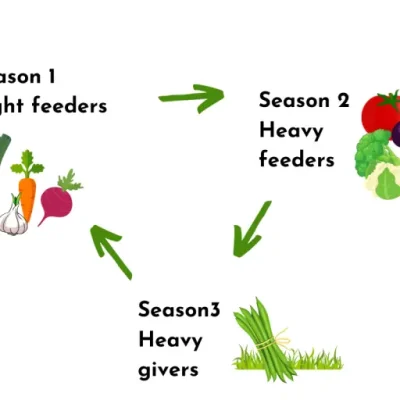Discover the joys of gardening year-round with our monthly guide! From sowing seeds in January to harvesting in July, each month offers essential tasks and tips. Whether you’re a seasoned gardener or just starting, our insights will inspire you to cultivate a flourishing garden. Transform your gardening experience today!

27 Jul 2025
To maintain healthy soil and promote sustainable agriculture practices, it is essential to rotate your crops every three years. This...


